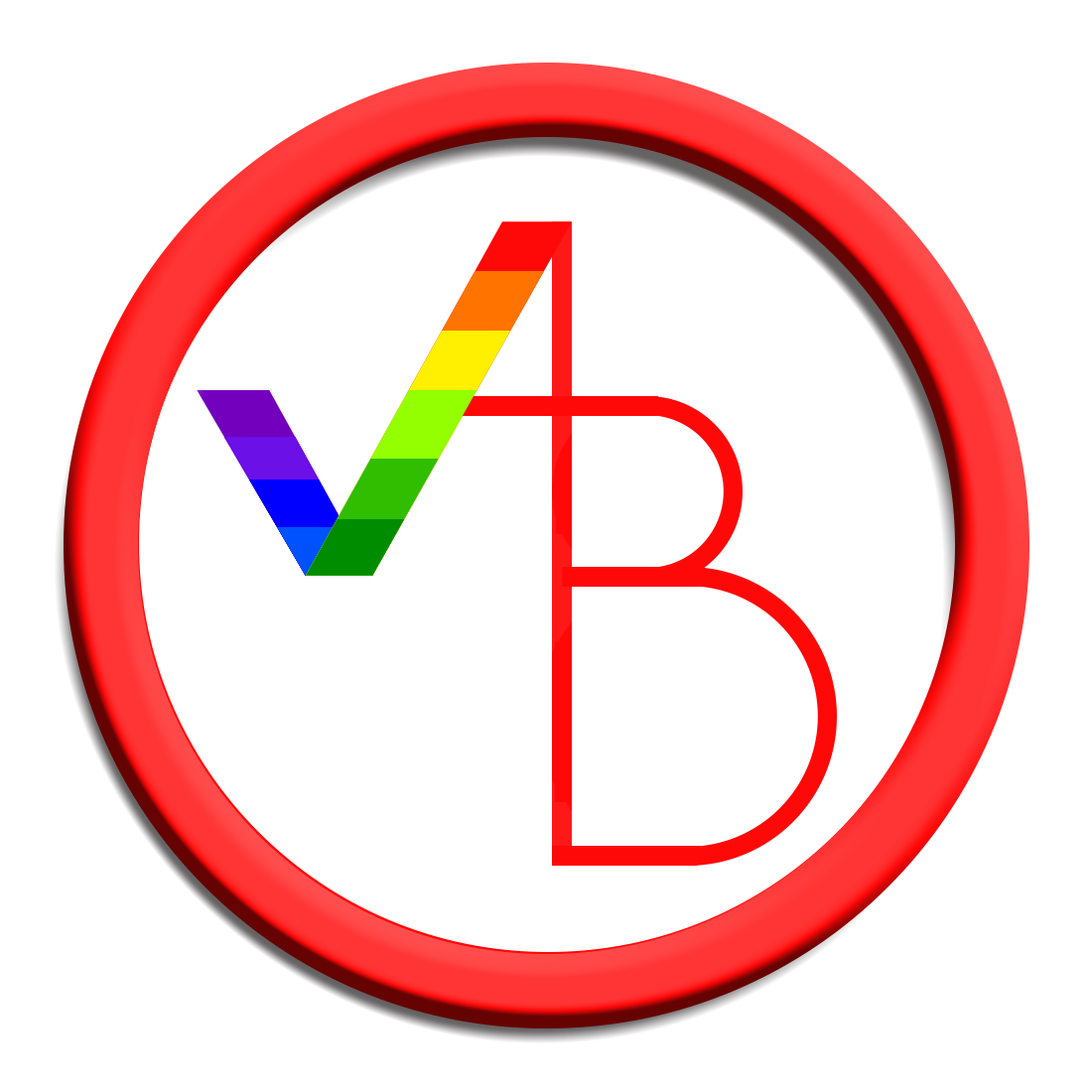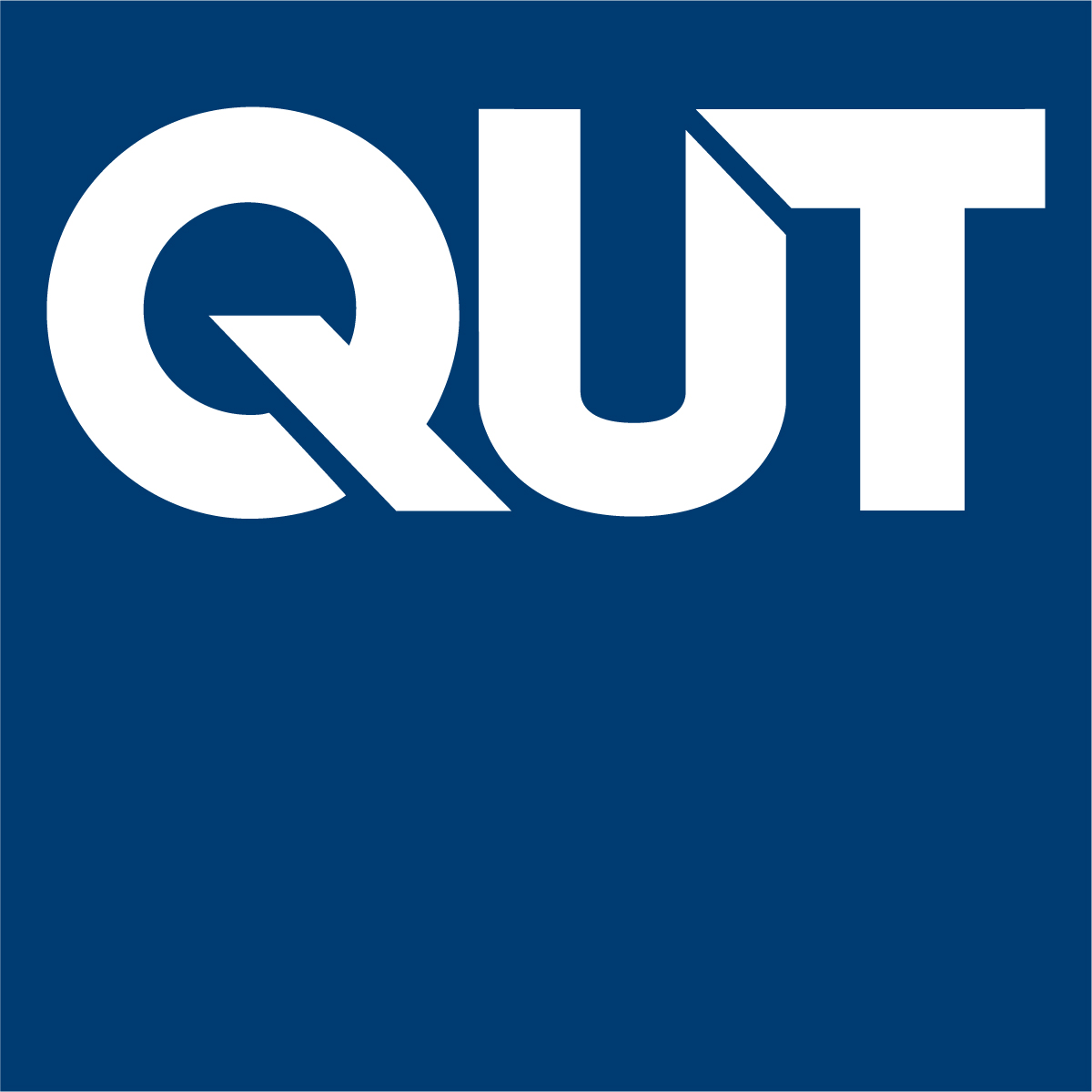The next speaker at the AANZCA 2024 conference is my excellent colleague Katharina Esau, presenting our work on news media polarisation in the Voice to Parliament coverage. Our slides are below, too.
Katharina notes that we are in a moment of polycrisis, with several crises all intersecting and influencing each other; in this, the role of news media cannot be overestimated, and Indigenous knowledge and Indigenous voices would be extremely valuable. But we also live in a time of polarisation, which is complicated by the many incompatible definitions of the very concept of polarisation in the available a scholarly literature. It is also important here to note that not all polarisation is problematic – the central focus here needs to be on what we have described as destructive polarisation.
How polarised are Australian news media, then? There are some attempts to create charts of how Australian news media are positioned across the political spectrum, but these are generally impressionistic and unreliable; our work set out, therefore, to better understand polarisation in the specific context of the Australian news media’s coverage of the Voice referendum. This focussed on two constructed weeks covering 477 news articles from 26 Australian outlets, whose content was manually evaluated by a team of coders.
Coding categories included core claims, emotions, justifications, values, actors, and other elements; Indigenous people, for instance, appeared as a major group, but often – like the general citizenry – as a broad amorphous group, while more specific actors like Anthony Albanese or Peter Dutton as well as the Yes and No campaigns were nearly as prominent in the coverage. Many claims made by these actors were related to the referendum horse race, to the material consequences of the Voice, to the Voice as a source of division, and to Indigenous recognition; and justifications were often provided by unsourced statistics. Universalist values like social equality were especially prominent in the dataset.
Building on our practice mapping approach, we combined these diverse coding patterns per media outlet, and mapped them in terms of their similarities and differences. This showed a core of mainstream news outlets that covered the Voice in broadly similar, standard ways, as well as a periphery of divergent coverage; at the centre of that core seems to be a group of outlets that mainly covered the referendum horse race.
The media landscape, then, is not so much polarised between left and right, but between centre and periphery, where the periphery is made up largely of alternative and fringe outlets. At the centre, horse race coverage dominates, while on the fringes more tendentious and biased coverage takes place – coverage which others specific groups of actors, and often especially Indigenous actors and groups. Such fringe outlets also have the potential to amplify alternative voices and ideas, and this may turn out to be problematic.












